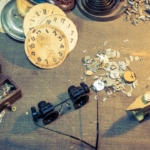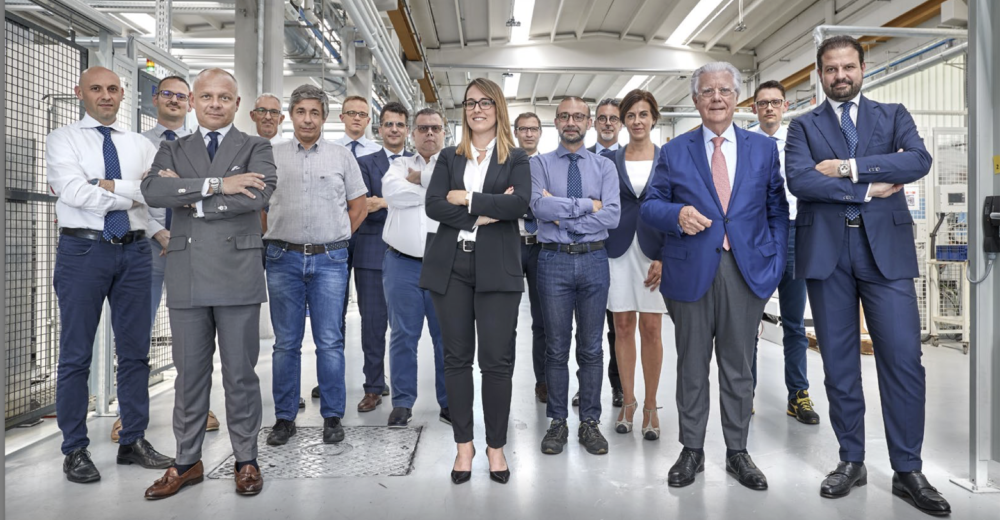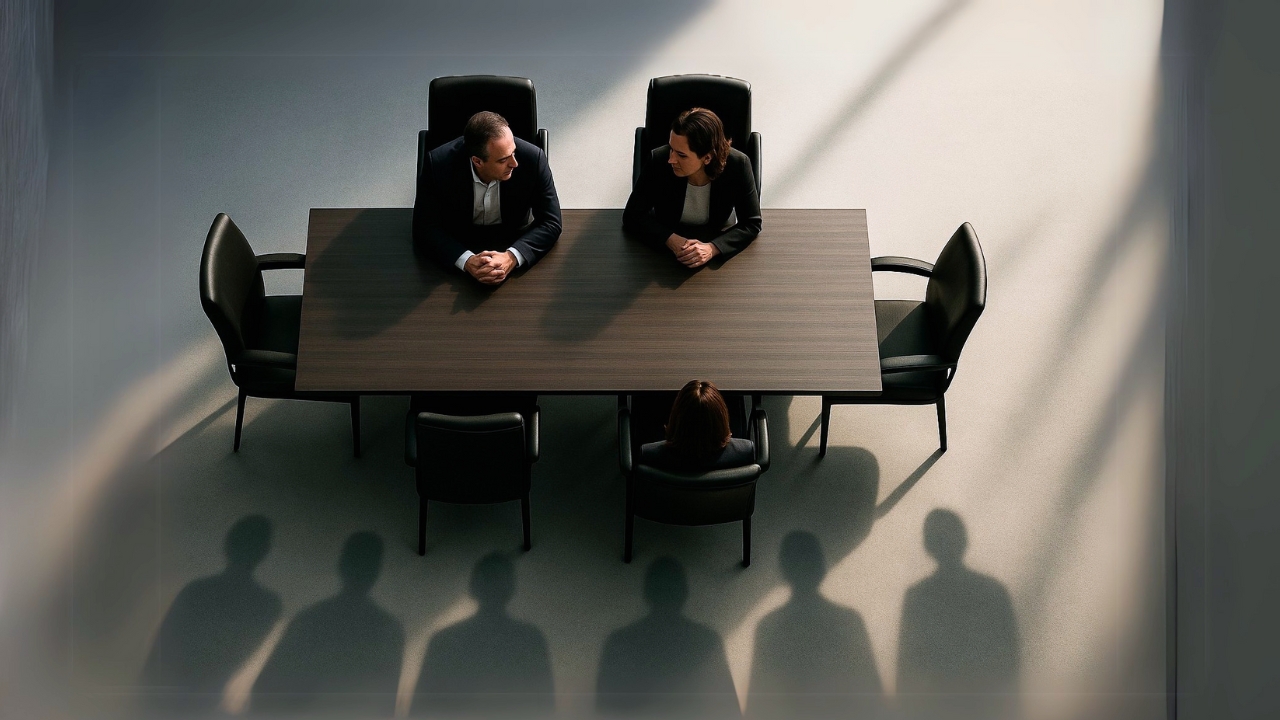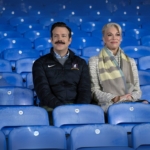Cinema between sustainability and innovation
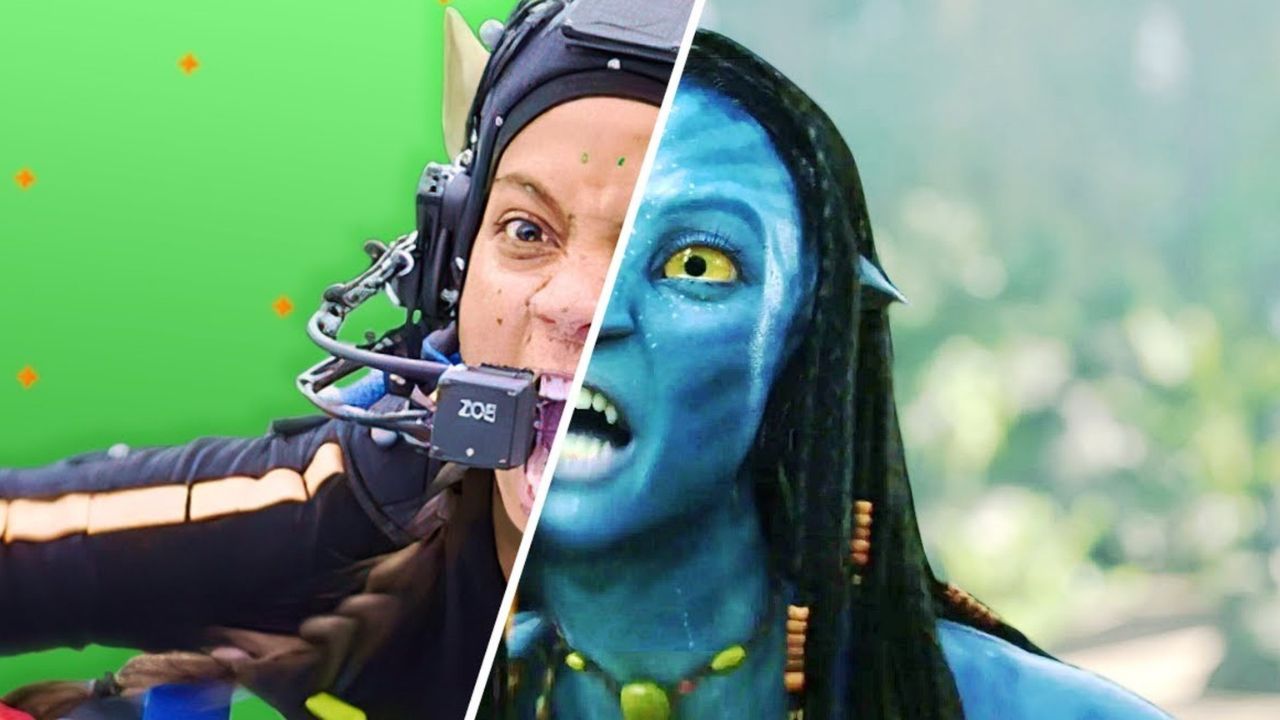
Indice
“Cinema is a futureless invention.”
Lumière brothers
(inventors of the film projector)
On 28 December, the anniversary of the first public screening in 1895, we will celebrate the 127th anniversary of cinema, and we can now say that the Lumière brothers were wrong!
But do we understand why cinema is so long-lived, so that it can face enormous crises of all kinds (economic, military and even television), always proving capable of adapting to changes and different contexts?
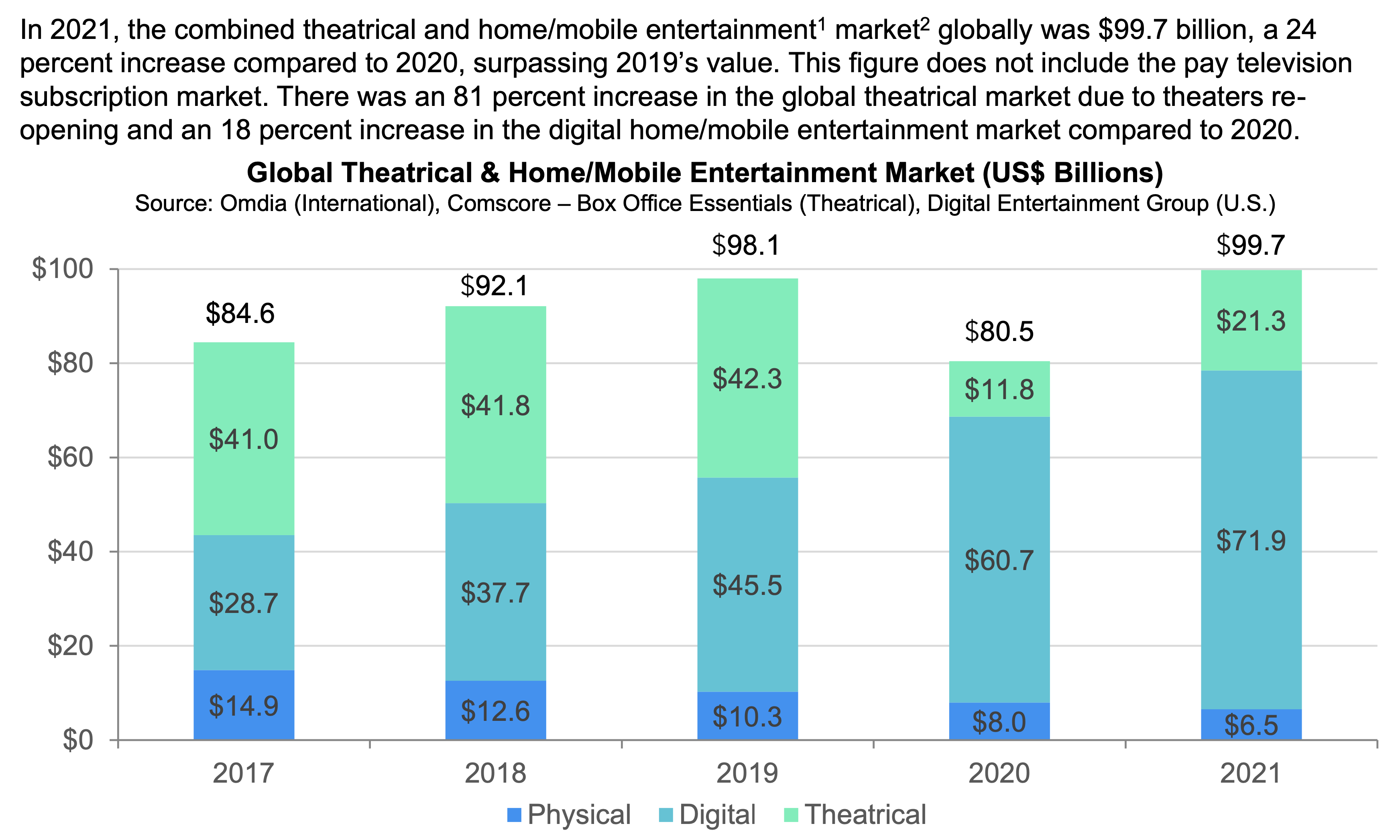
Films have not always been so long: the role of the viewer
In the early 1900s, cinema was not made up of feature films and particularly complex or compelling stories; rather, the directors at that time represented small everyday actions, often of a comic nature, or short-lived scenes, not so far from what we today call “reel“.
Among the best known of that time, or as we would say today, “those with more views, the most viral ones”, we cite The big swallow (1901), Un homme de têtes (1898), Le cheval emballé (1908).
With technological issues aside, one of the main reasons why films as we know them today were not produced was that audiences were not ready to accept more complex works; It is sufficient to think that one of the first screenings of L’arrivée d’un train en gare de La Ciotat (1895) – film of the Lumière brothers showing the approach of a train towards the frame – people in the audience fled terrified that the train might actually hit them.
The audience at that time was not able to understand the logical or temporal jumps, nor the cause/effect, space/time relationships of a film.
Today, if we see a person wearing a coat in the house and immediately after we see him at the restaurant, we understand that he has traveled to a journey home-restaurant and that time has passed. The viewer today plays an active role and integrates with reflection and participation all logical actions, even if these are not visible in the film.
Before, however, the public only understood that an event led to an effect, which in turn triggered another effect and not by chance slapstick pursuits were particularly in vogue: an event will start the hunt and the protagonists will run, one frame after another, until the culprit is caught.
As time went by, the authors tried to make more and more elaborate films with narrative structures capable of thrilling the viewers, setting in motion a process of continuous experimentation that led to the use of technical devices at the service of narrative clarity: depth of field, captions, color, lighting or editing.
The viewer who had previously fled in front of the Lumière brothers train now understood that during breaks between two different places, the actions took place simultaneously.
Without experimentation it would have been impossible to tell stories of longer duration, more articulated, with more characters and in more different places.
The role of directors and producers: Why experiment?
Cinema has been in constant change since its inception and the main problem for directors and producers, now as then, remains to understand how to implement the change and how to manage it. But why, since the beginning of cinema, was there a strong need to innovate and experiment?
A tool that works and that makes money would only need new stories, not new techniques, the audience was certainly not demanding, did not ask anything different from what they were seeing. So, what was the source of this need to experiment?
The filmmakers of the time, faced with a completely new medium, were driven by curiosity to discover everything that could be done with a film, driven by the desire to learn, improve and disseminate their new final product. Only in this way would they increase the value of the work, and only in this way could they increase their popularity and progress.
Vision or pragmatism?
The ability to look at the world from a new perspective, free of traditional preconceptions and canons, is one of the distinguishing features of an experimenter. A new, different perspective that may seem wrong to most people is not always a mistake.
And even a mistake, if exploited in the right way, can prove to be a weapon and a competitive advantage, as happened for example to George Méliès, director and father of special effects.
Méliès discovered the technique of editing, which was to cut and join parts of film, but above all he found that one could break the continuity of the narrative and, consequently, the continuity of a real experience being filmed. The director was amazed by the effect of this technique, so much so that he immediately applied this effect in the 1896 opera Escamotage d’une dame au theatre Robert Houdini.

This makes us reflect on the sense of innovation and continuous experimentation: what for the time would have been a mistake (because the scenes had to be completed, have a beginning, proceed in chronological order, represent the real and then end) It is rather transformed into opportunities to be exploited in order to continue to experiment, innovate and progress, thanks to the ability of Méliès to be able to look at what happened from another perspective, different and new.
Unfortunately, while he was forward-looking and innovative from a technical and directing point of view, on the bureaucratic and legal side Méliès was still too naive: his film company quickly declared bankruptcy due to commercial policies: Even though his films were populating Europe and America, Méliès sold his films but did not receive the copyright for individual screenings.
According to his autobiography, George Méliès discovered by chance the editing and the technique of double exposure of the film while filming in the streets of Paris: the camera jammed, and it took a few minutes to repair and put it back into operation.
During the development of the film, Méliès noticed that now he was filming a carriage was passing which suddenly disappeared and a hearse took its place. As he himself recalls:
“[…] produced an unexpected effect one day that I prosaically recorded Place de l’Opéra. It took me a minute to unlock the film and start the camera again. During that minute, of course, the passers-by, buses and cars had changed their positions. As I projected the film, which I had reassembled at the point where it had been torn off, I suddenly saw a Madeleine-Bastille bus turn into a hearse, and men become women.”
[Georges Méliès, Annuaire général et international de la Photographie, Plon 1907. Quoted in AA. VV, Le cinéma naissance d’un art – 1895-1920, edited by Daniel Banda and José Moure, Flammarion, Paris 2008.]
Why cinema dispels all the false myths of the world of innovation
The film company, as we know it today but also since its inception, already had all the characteristics of a high impact innovation, which brings a high impact and value to both the customer and the company (in the case of our story, to directors and producers). Its capacity for transformation – which has made it possible to overcome all types of crises related to the context – teaches that being able to innovate in a continuous, serial and sustainable way is the key to the success and longevity of a company.
In the rapid excursus of 127 years of history of cinema, and in a broader sense of society, we recognize in curiosity the spring that has pushed for change.
Producers and directors were driven by curiosity for the new medium, the technological implications of the instrument and the ambition to see the value of their work grow and be able to amaze viewers, showing them something they had never seen.
Cinema is born with a view to the future, with an ambitious character and ready to accept the challenges that were before it, but experimentation is not enough if not accompanied by a scrupulous collection of data and an equally scrupulous analysis.
From the anecdote of George Méliès who invents editing, but ends up bankrupt because he lacks a profit model that is a function of his fame, we learn that genius, curiosity and technology are all necessary ingredients, but that alone are not enough to guarantee the high impact, the economic return of our efforts, or lasting success (nor eternal fame… you had never heard his name?).
Reread in this perspective we could say that the history of cinema exemplifies and dispels all the false myths related to the imaginary of innovation:
- Innovation is not just about listening to the customer
- Innovation is not just about novelty
- Innovation is not just a technological issue
- Innovation is not just about geniuses and highly creative ideas.
Creating the maximum value for itself and for viewers is the aspiration that has been the guiding thread to producers and filmmakers driving innovation and creativity, but it is also the cornerstone of the business model that Lenovys pursues.
Lenovys’ support for development and innovation projects enables entrepreneurs and managers to exploit the full human, technological and organizational potential of their companies, leaving a tangible and sustainable mark that starts from the company boundaries and positively influences society and the environment.
Instead of focusing solely on business performance, Lenovys helps companies to become Lean Lifestyle Companies, that is, to grow, innovate and improve their results while at the same time increasing people’s quality of life, the search for a deep and concrete economic and human sustainability.
Read more
Prossimi eventi


